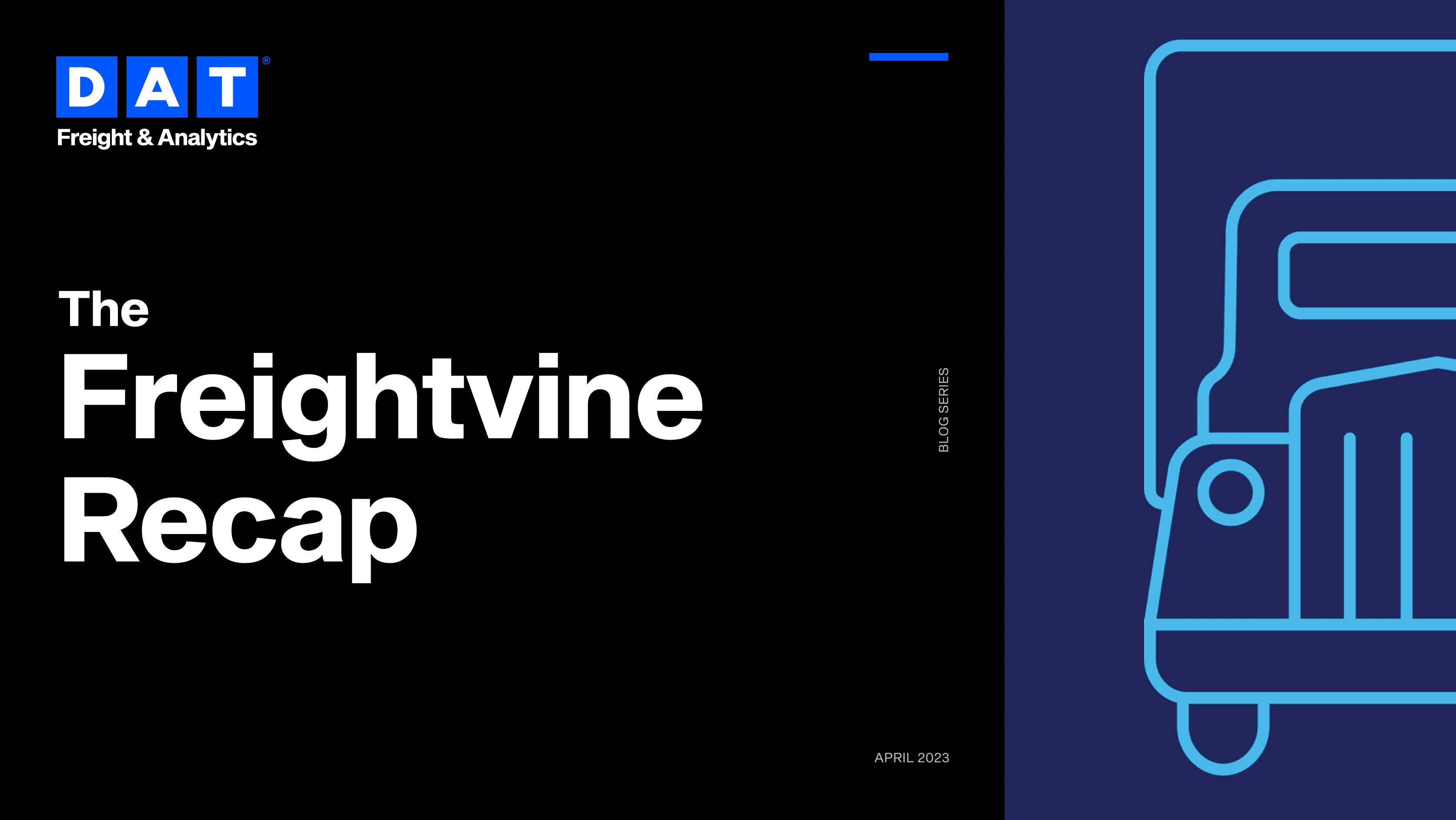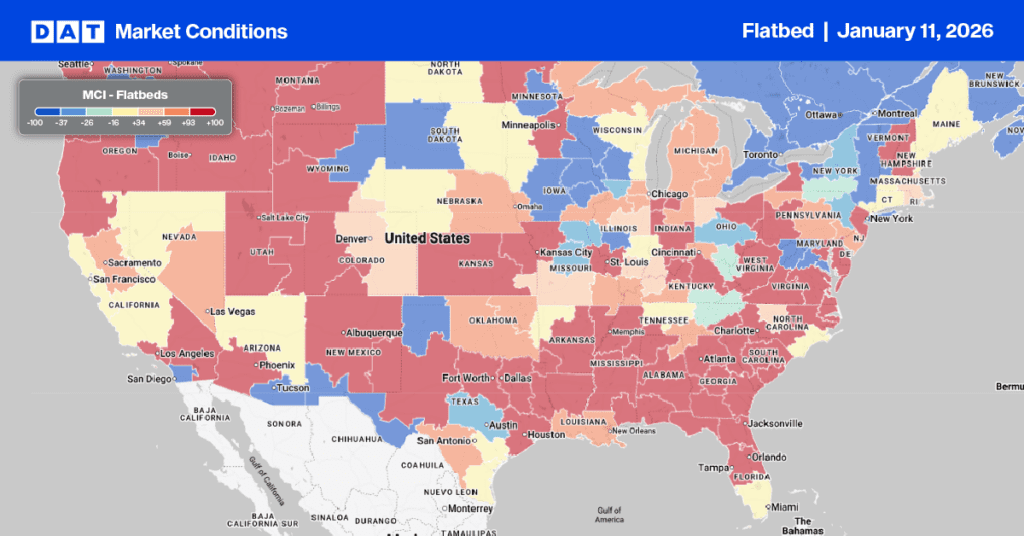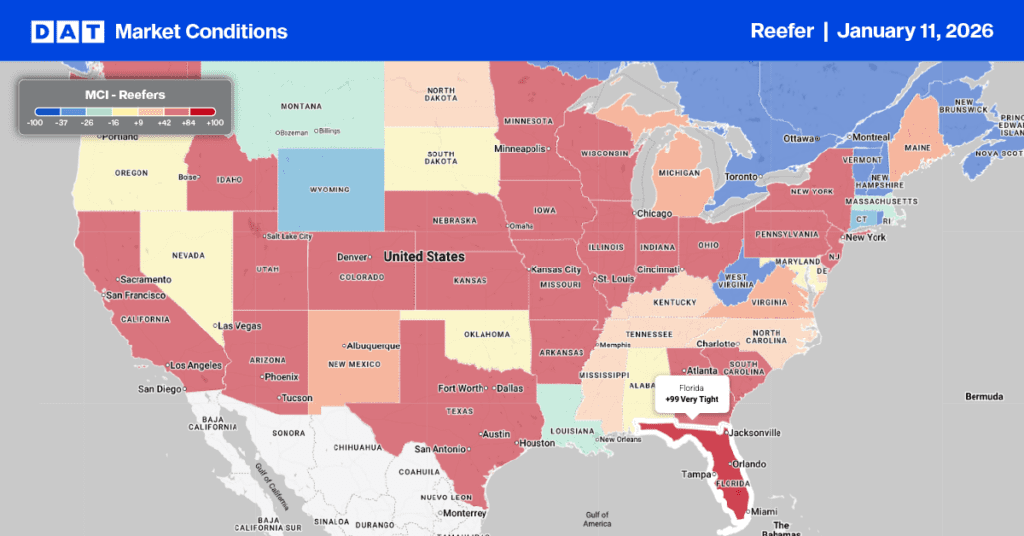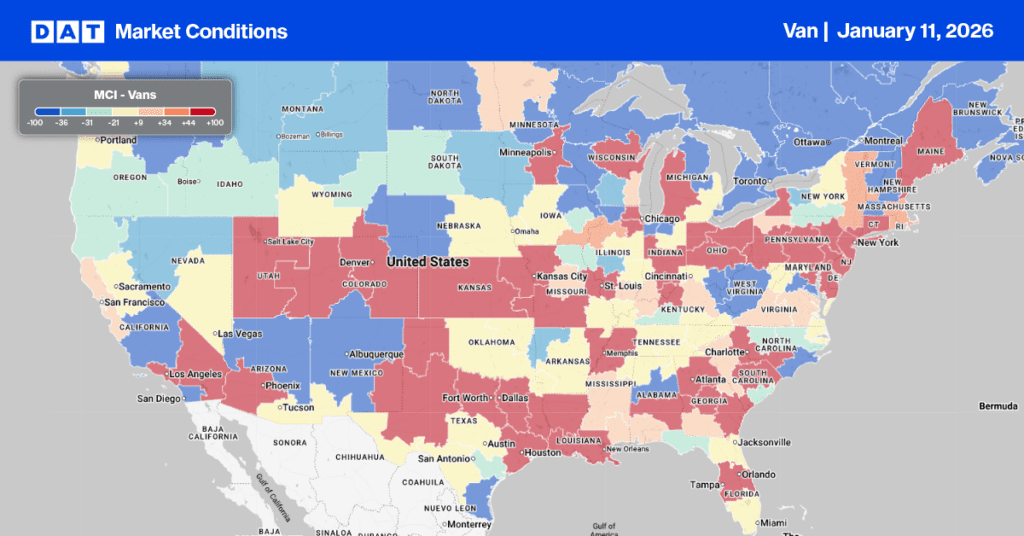
The siloed nature of traditional shipper-carrier relationships is officially in the rear view mirror. From socioeconomic volatility and rapid demand swings to seasonal supply chain disruptions and rising fuel costs, organizations are navigating more complexity than ever during day-to-day operations – making effective collaboration between shippers and carriers increasingly critical to success.
In a recent episode of the Freightvine Podcast, Dr. Chris Caplice connected with Joe Vitiritto, CEO of PAM Transport, to highlight the nuances of this evolution and provide actionable guidance for how shippers and carriers can leverage advanced technology to build invaluable partnerships.
The digital-centric pendulum swing
Dating back to the early 90s, shipper-carrier relationships have always been fragmented and combative in nature. Both sides historically operated in silos as separate entities with singular focuses on their respective KPIs and business units. Most collaboration only ensued during high-stakes transactional interactions such as rate negotiations and freight bidding. The relationship primarily encompassed a “tug of war” scenario for cost considerations based on which side the present market favors, with minimal emphasis on forging mutually beneficial long-term partnerships.
The proliferation of e-commerce forced a shift in the opposite direction, which was accelerated by unprecedented demand surges brought on by the pandemic. Shippers and carriers had no choice but to gravitate toward strategic, digital-centric partnerships for higher levels of visibility and agility across the supply chain. And while some semblance of financially-driven disparity will always exist on both sides, the rise of digital transformation across transportation and logistics has helped bridge the adversarial gap by fostering more effective and transparent collaboration.
Automation’s role as a digital bridge
The applied integration of advanced technology is a critical component to the evolution of shipper-carrier relationships. By fusing AI-enabled connectivity between shippers and carriers, automation serves as a steady source of equilibrium within a highly volatile environment – offering a higher level of data-driven transparency to rate negotiations that helps improve trust and decision-making. From transportation management systems (TMS) and real-time tracking/tracing to AI prescriptive analytics tools, a myriad of innovative solutions are empowering both shippers and carriers alike with the insights they need to not only establish strategic partnerships, but maintain long term value-based relationships.
Shippers, for example, can leverage automation to generate real-time visibility into capacity levels and conduct comprehensive freight spend analysis models with personalized insights that compare their current costs to spot rates of the wider market. Meanwhile, carriers can utilize AI and machine learning tools to optimize freight operations, enhance fleet efficiency, and improve customer service with shippers during periods of peak demand or when inevitable disruptions occur.
This dual-sided commitment to digital transformation has created opportunities for shippers and carriers to exchange more data in real-time than ever before, generating improved operational performance and better business outcomes for all parties involved.
A two-way street
As Vitiritto noted on the podcast, building effective shipper-carrier relationships requires collective buy-in from both sides. Effective partnerships are a “two-way street” where shippers and carriers must work in tandem to develop a firm understanding of their respective needs. If carriers are willing to give shippers access to key data touchpoints that deliver actionable insights from a bid, execution, and service standpoint, they can work together to identify and alleviate inefficiencies before they lead to loss-causing bottlenecks and damaged relationships.
Listen to the full episode of the podcast here. For more information on DAT iQ’s full range of freight analytics solutions, visit https://www.dat.com/iq


